10 Ragdoll Cat Habits That Might Drive You A Little Crazy
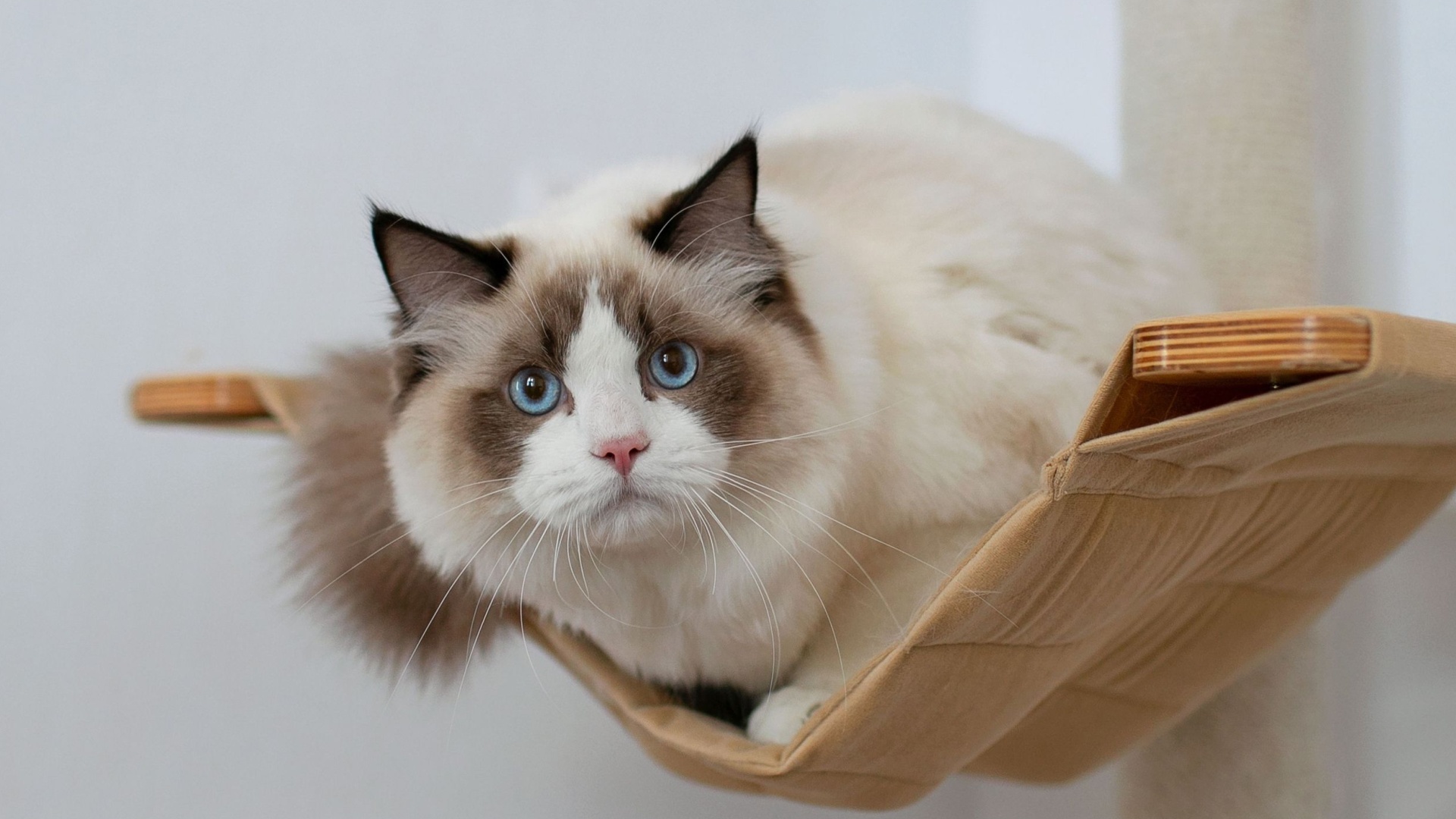
Ragdoll cats, known for their affectionate and calm demeanor, can sometimes have habits that bewilder their owners. Though they are cuddly and sweet, these quirky behaviors might make you scratch your head in confusion.
Here’s a look at Ragdoll habits that could drive you a little crazy but are just part of their unique charm.
1. Ragdolls Are Too Picky
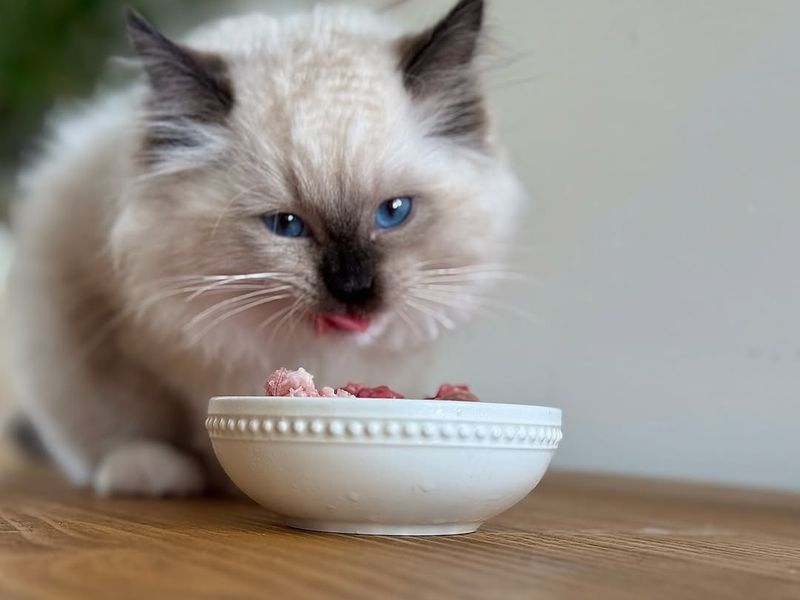
Ever met a Ragdoll who turns up its nose at everything you offer? These felines often display a highly selective palate.
Owners might find themselves purchasing a variety of brands and flavors to satisfy their furry friend. In one moment, they crave seafood, and the next, it’s chicken.
This pickiness can be a challenge, but it adds to their unique character.
2. Play Aggression
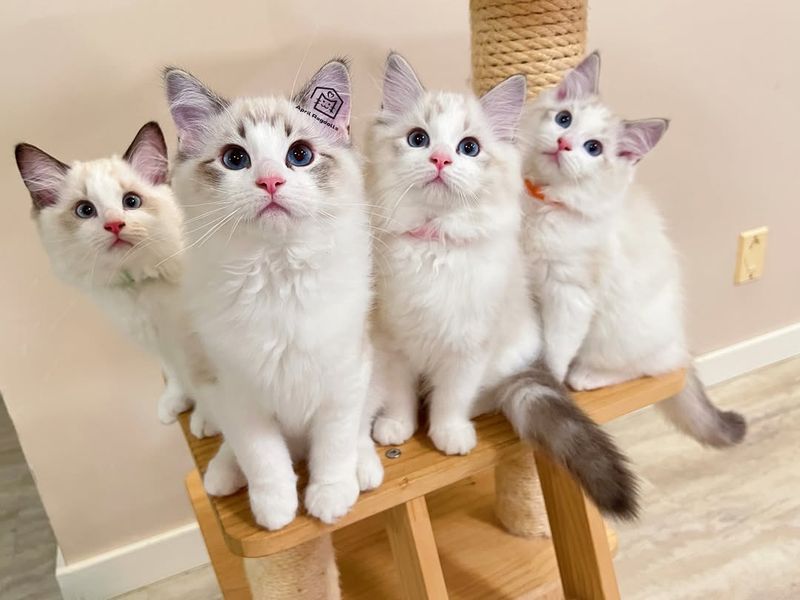
Ragdolls may seem calm, but they have a playful side that sometimes turns aggressive. During playtime, they might pounce too hard or scratch unexpectedly.
This trait can surprise owners who expect only gentleness. To manage this, provide plenty of toys and observe their play habits.
Understanding their play style aids in maintaining harmony at home.
3. Ragdolls Are The Cleanest Cats
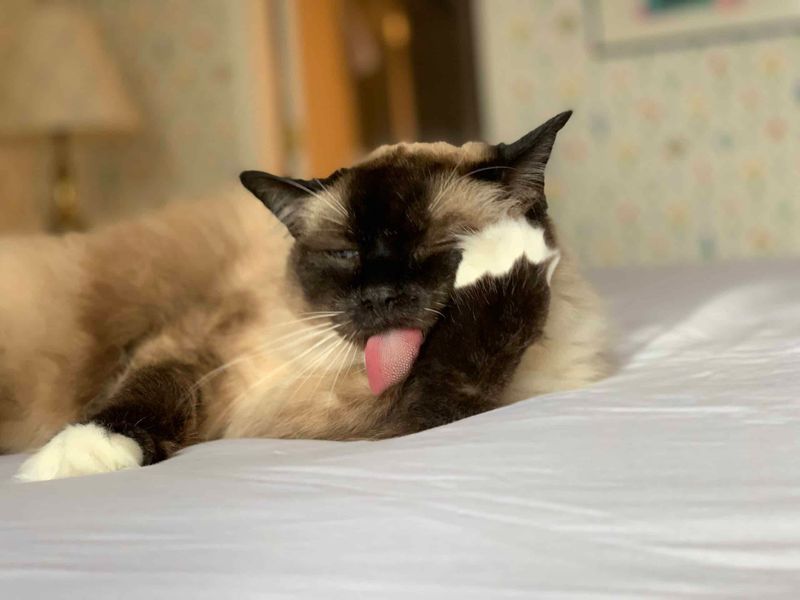
One might argue that Ragdolls are obsessed with cleanliness. These cats spend a significant amount of time grooming themselves.
Owners marvel at their pristine appearance, but it can be a double-edged sword. Excessive grooming might lead to hairballs or skin irritation.
Keep an eye on their routine, and ensure regular vet check-ups.
4. Furniture Lovers
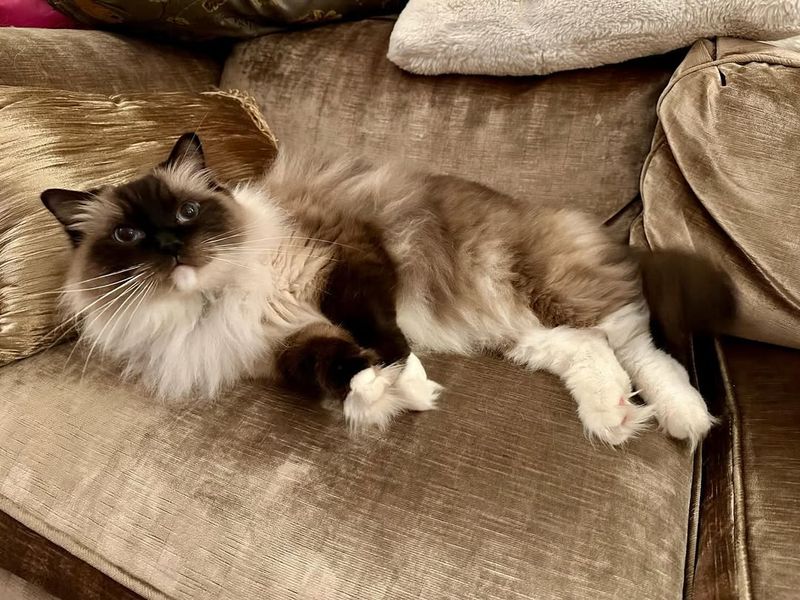
Furniture enthusiasts, Ragdolls have a knack for seeking out the comfiest spots. They claim sofas, chairs, and beds as their own, leaving little room for humans.
This habit might inconvenience some, but it’s a testament to their love for comfort. Encourage sharing by providing cozy cat beds.
It’s all about finding a balance between comfort for both cat and owner.
5. Ragdolls Are The Most Dependent Breed
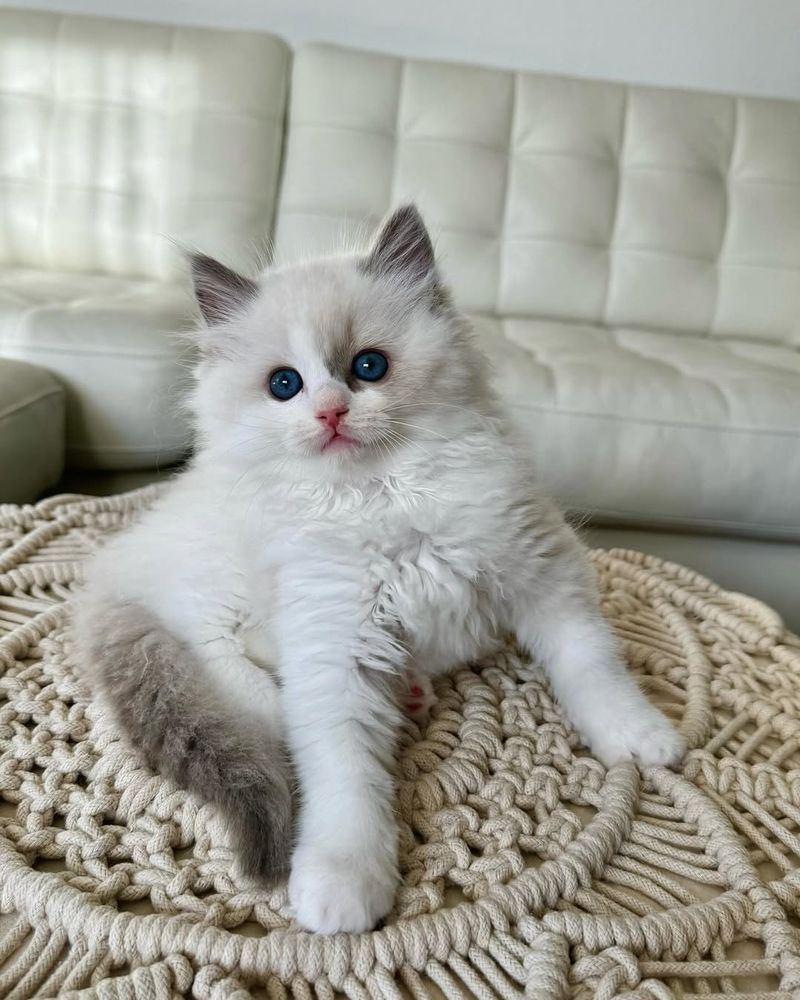
Unlike more independent breeds, Ragdolls are known for their dependency. They follow their owners from room to room, needing constant companionship.
This can be endearing yet overwhelming. Some might find it challenging to have a pet who requires so much attention.
It’s essential to set boundaries gently and provide interactive toys to keep them entertained when you’re not available.
6. Jealous Of Other Pets
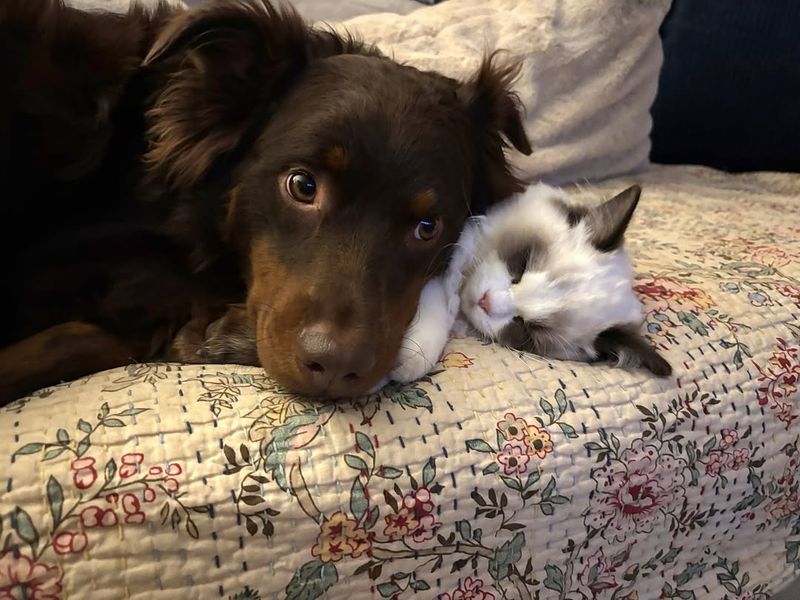
Jealousy might rear its head when Ragdolls are around other pets. They love being the center of attention and might show displeasure when sharing their human.
This behavior requires owners to be diplomatic in affection distribution. Spending quality time with each pet individually and reinforcing positive interactions can alleviate tension.
Fostering harmony in a multi-pet household is key to peace.
7. Ragdolls Are Big Babies
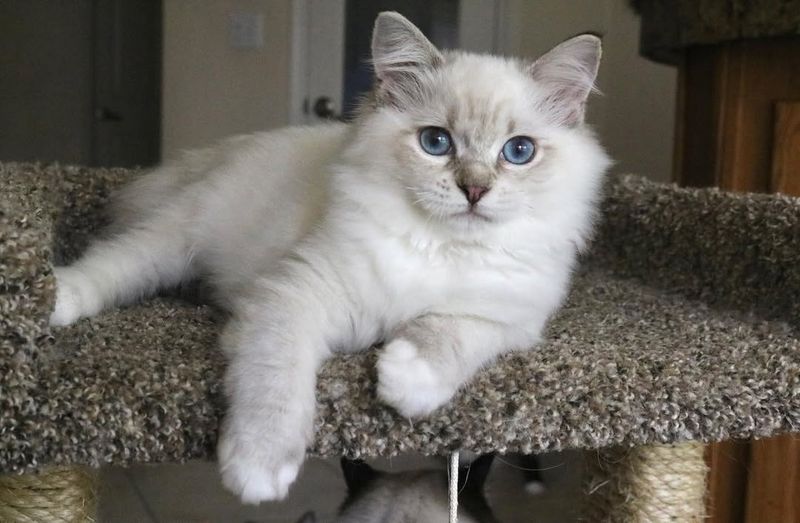
Ragdolls often act like perpetual kittens, a trait that endears them to many. They love being held and carried, much like a baby.
This behavior might surprise new owners expecting a more independent feline. Enjoy these cuddly moments, but be aware they might demand attention at inconvenient times.
Having a routine and setting boundaries can ensure these baby-like tendencies are charming, not troubling.
8. Wake Up, Human
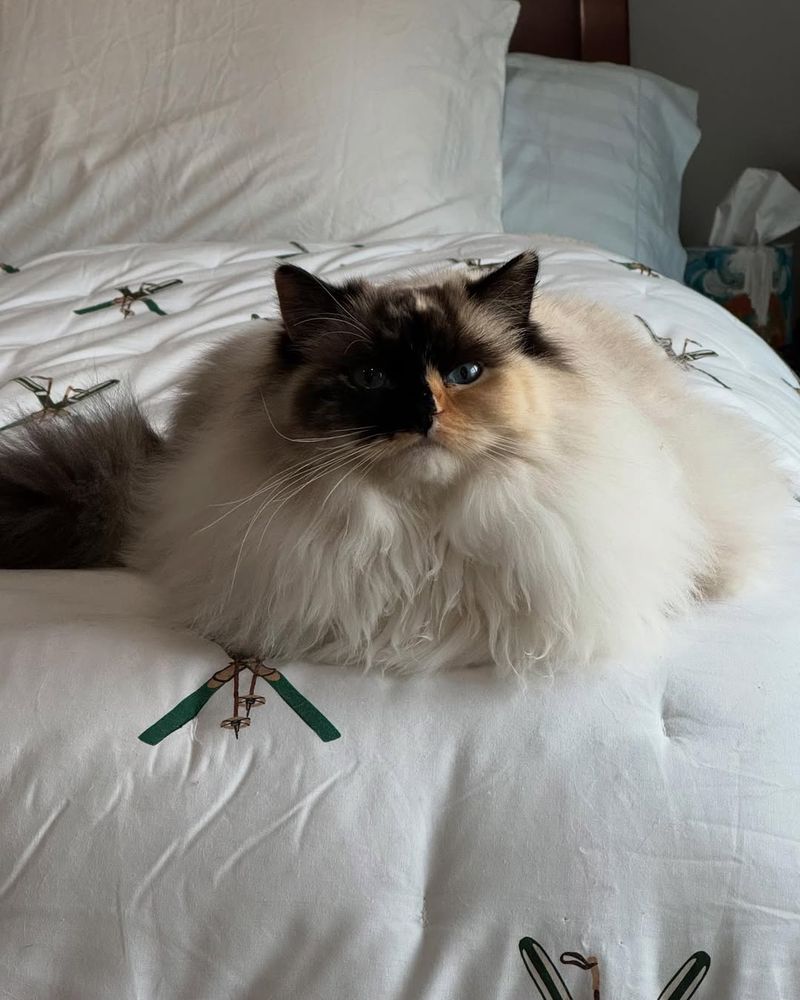
Morning wake-up calls from a Ragdoll are inevitable. They often have their own schedule and aren’t shy about sharing it.
Light pawing or gentle meows become their alarm clock. While this may disturb your sleep, understanding their routine can help.
Try setting feeding times and activities to match their internal clock, it’s a small price to pay for their affection and loyalty.
9. Lap Time Never Ends
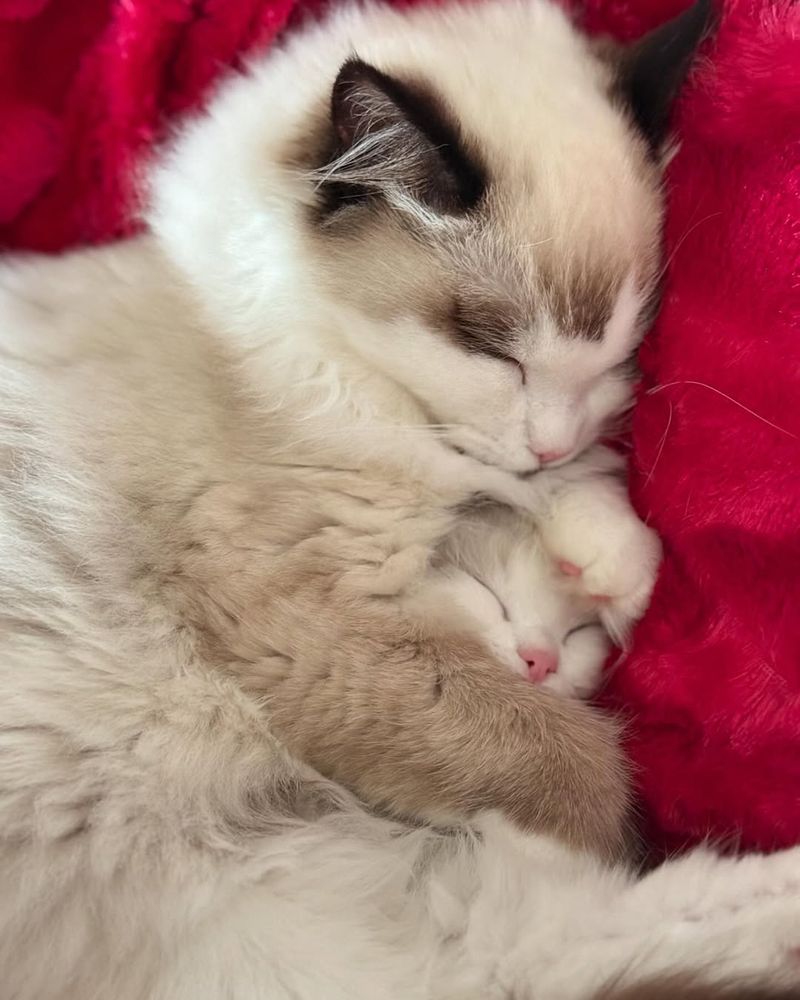
When a Ragdoll finds a comfy lap, they stay there indefinitely. This habit can be both a blessing and a curse.
Owners find themselves trapped under a warm bundle of fur, unable to move. While it’s a lovely bonding experience, it might interfere with daily tasks.
Make time for these moments, but also teach them when it’s time to move.
10. Ragdolls Are Loud Crybabies
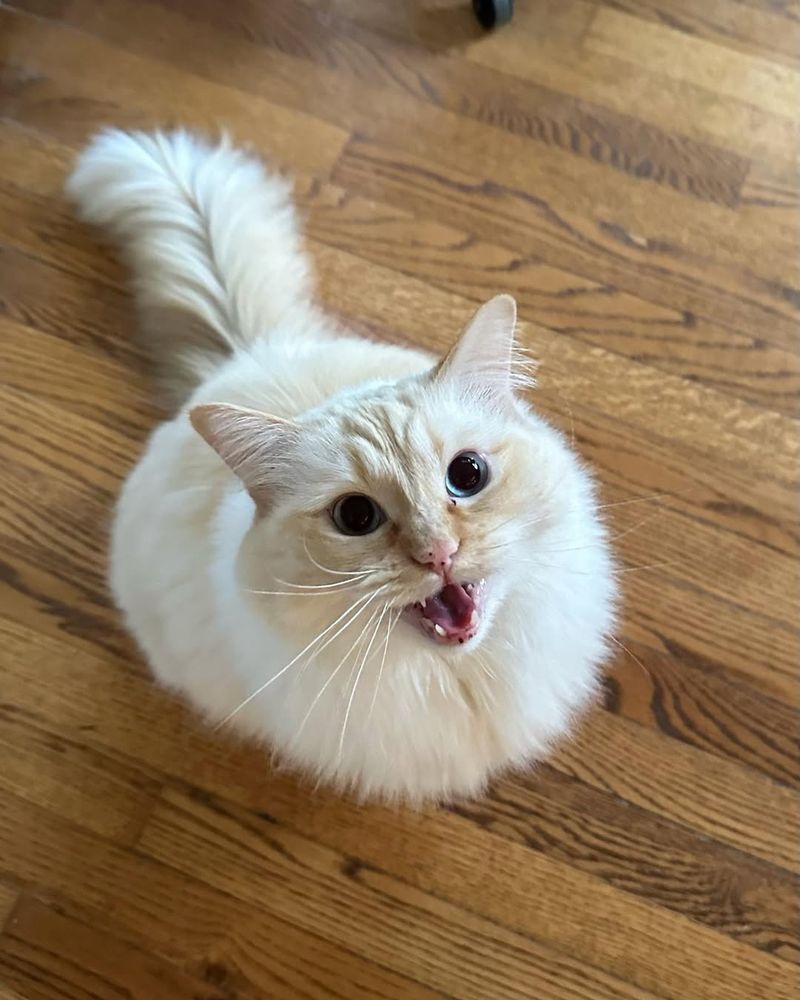
Expressive Ragdolls often vocalize their needs with loud meows. Whether asking for food or attention, they make sure they’re heard.
These cries might become overwhelming, yet they’re part of their charm. By responding to their needs and establishing a routine, you can manage this trait.
Patience and understanding go a long way in handling their vocal demands.






